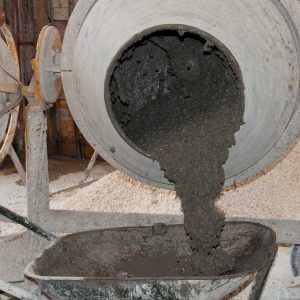Commercial vs residential concrete
Concrete is the most popular construction material globally and is commonly used in residential and commercial buildings. It’s predominately used for basements, foundations, and exterior walls, as well as sidewalks, ramps, and parking garages.

Concrete in commercial buildings
The concrete that is used in commercial buildings is often subjected to greater demands. The larger the size of a commercial structure, the more structural performance will be needed, which may change the type of concrete used. All concrete is made up of a mixture of water, cement, and aggregate. Commercial buildings require a higher level of concrete and a lower level of moisture and aggregate to help maintain its durability.
Concrete floors in commercial buildings need high-performance coatings to withstand heavy foot traffic and weight. Special concrete coatings should allow the concrete to be easy to clean and be slip-resistant. Sometimes, a post-tension slab is used to add extra strength to the concrete. In this process, steel cables are run through the concrete and put under tension, placing the concrete under compression and increasing its strength.
Concrete in residential buildings
Concrete in residential buildings includes flooring, basement walls, driveways, and sidewalks. It does not have to sustain heavier loads like commercial concrete unless necessary. The standard thickness of residential concrete should be about 4 inches, 5 inches if it needs to support heavier loads. This is about two inches thinner than commercial concrete.
Finishing touches
Depending on the desired durability and what kind of construction you are planning, the easier it will be to decide which concrete you need. Concrete varies how it’s mixed and poured, but it’s still the same basic concrete as any other use.
While concrete is durable and can be used in many different ways, it doesn’t have to stay grey. You can add decorative finishes such as staining, high-gloss polishes, and metallic epoxy finishes.
